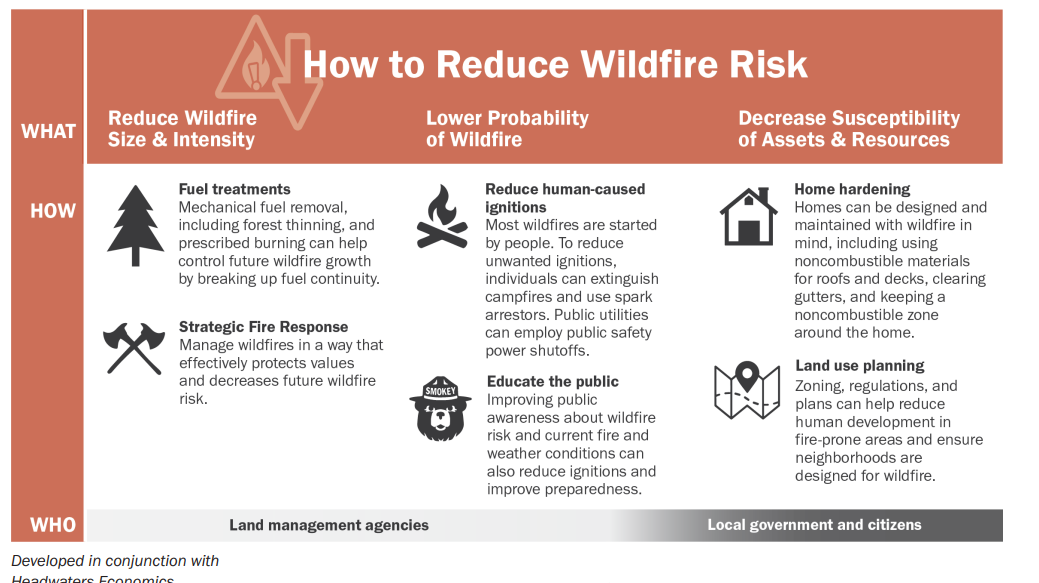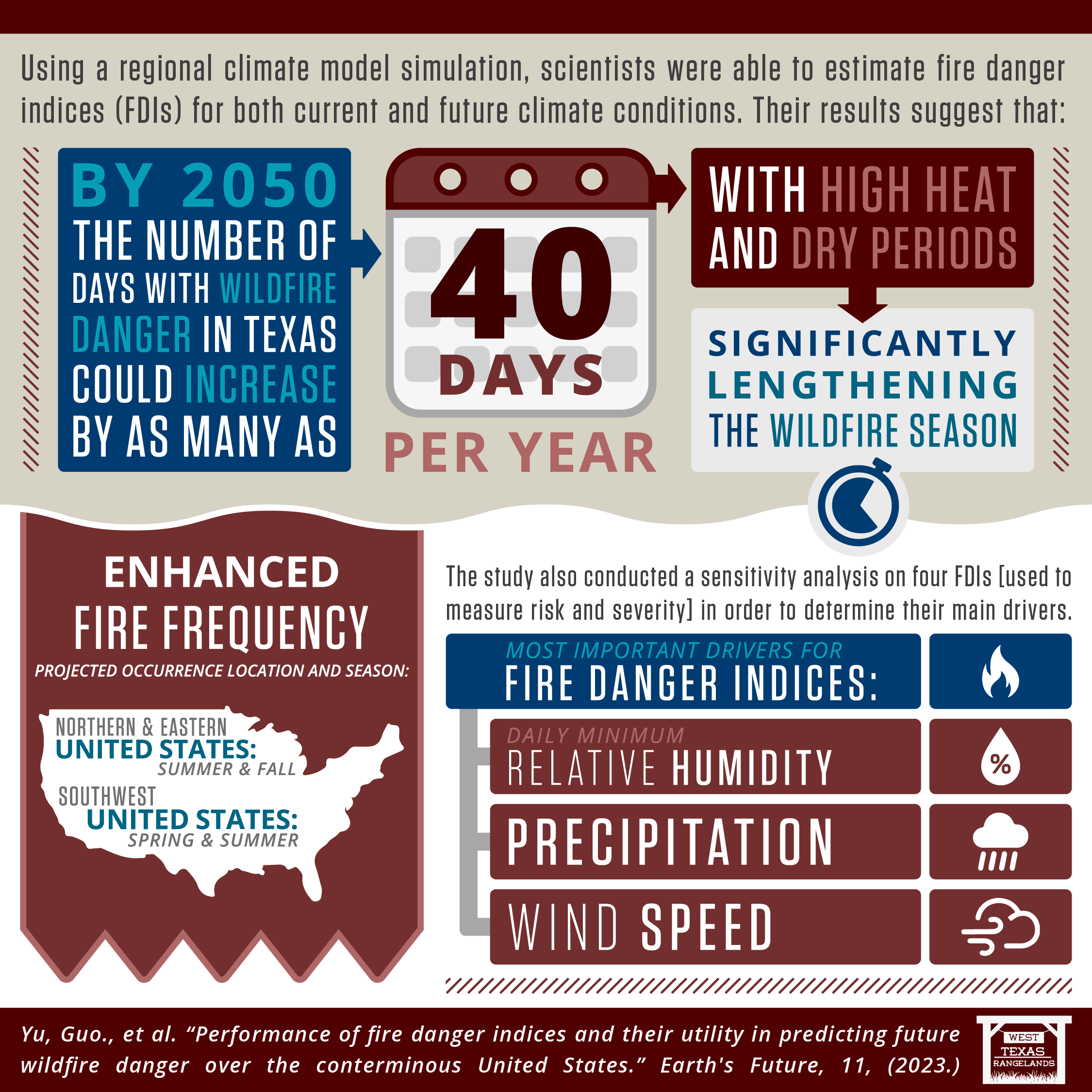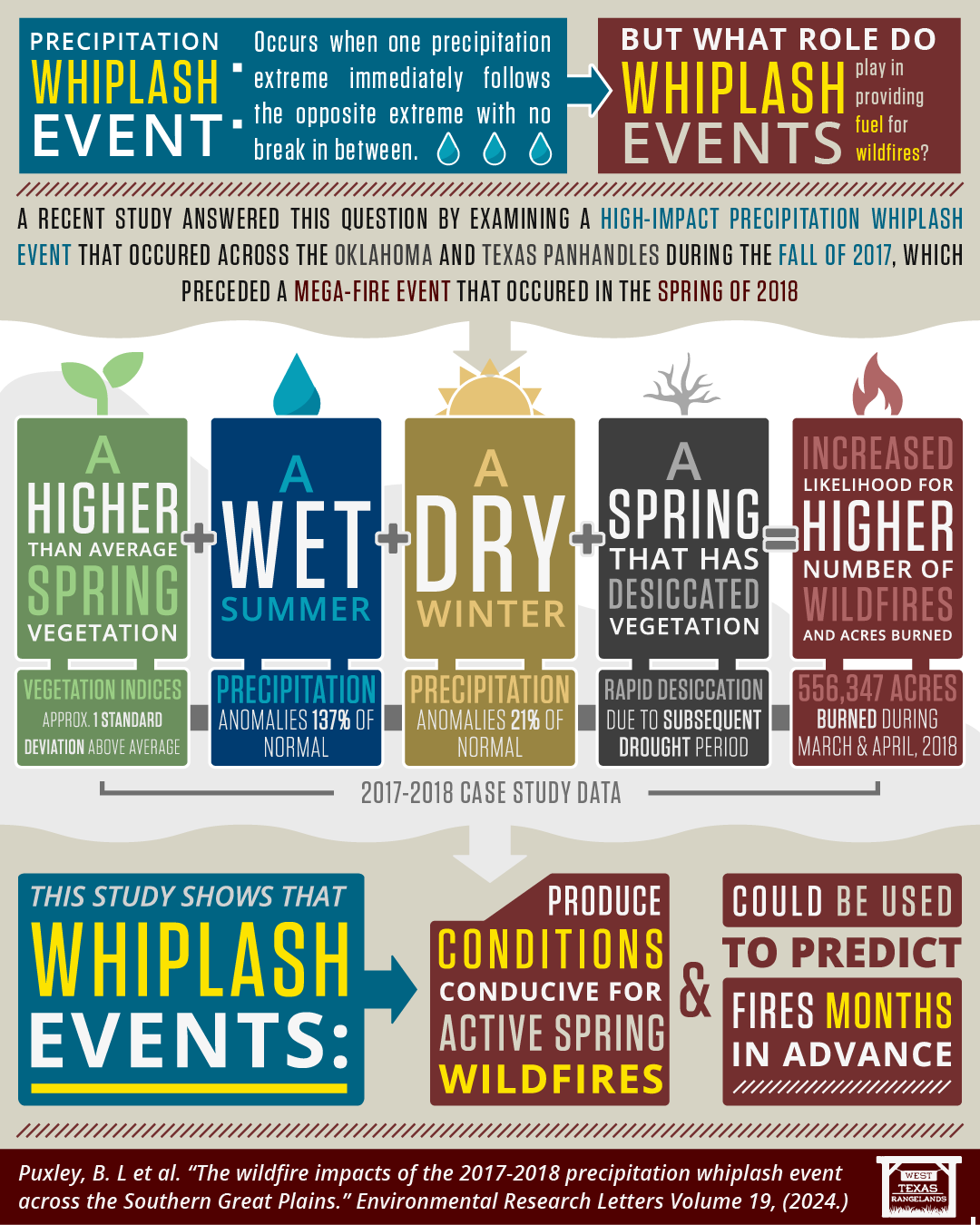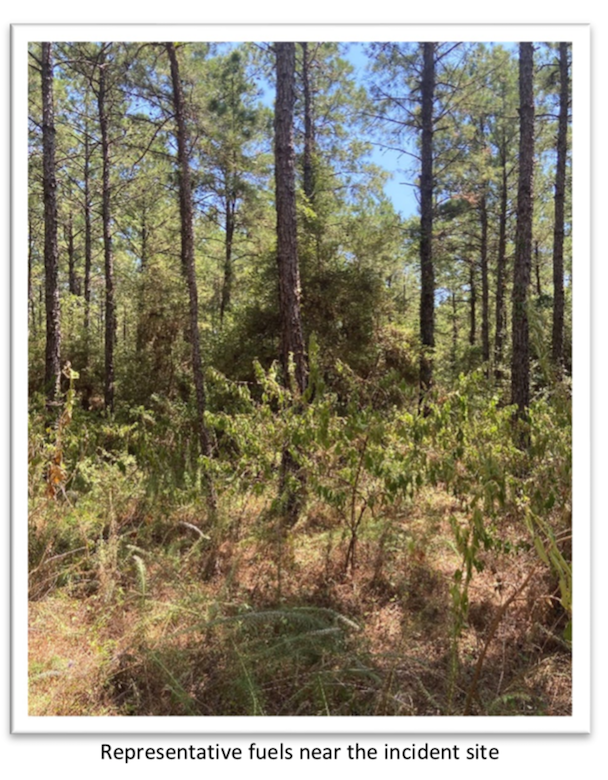 Texas A&M AgriLife has released a new publication in preparing the ranch for wildfire!
Texas A&M AgriLife has released a new publication in preparing the ranch for wildfire!
Wildfire: Preparing the Ranch is an online educational resource debuting at Texas Panhandle wildfire preparedness educational meetings in Pampa and Canadian. The resource is designed to equip Texas agricultural producers with educational information and tools to prepare for wildfires.
[Read more…] about Wildfire Preparedness: Protecting Your Ranch






